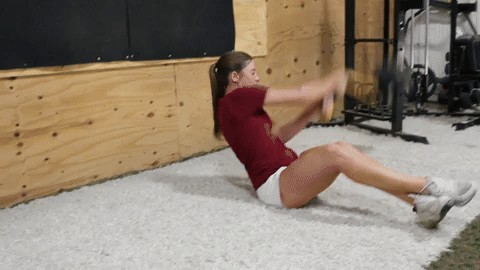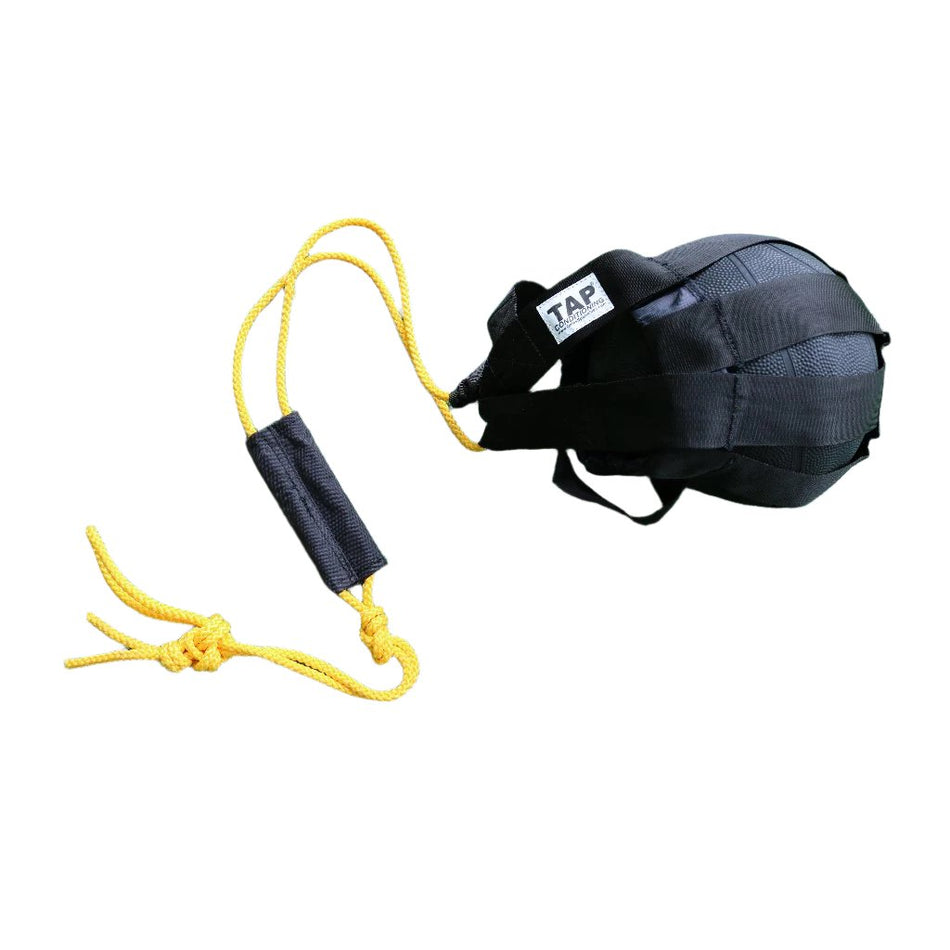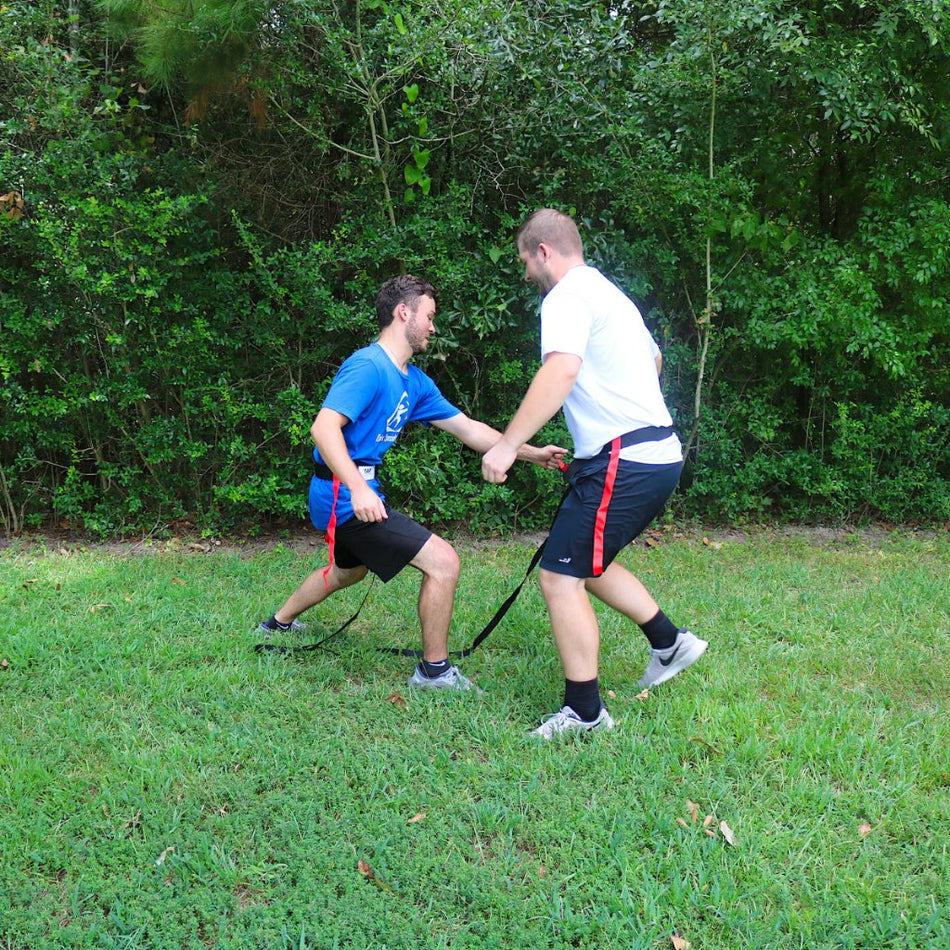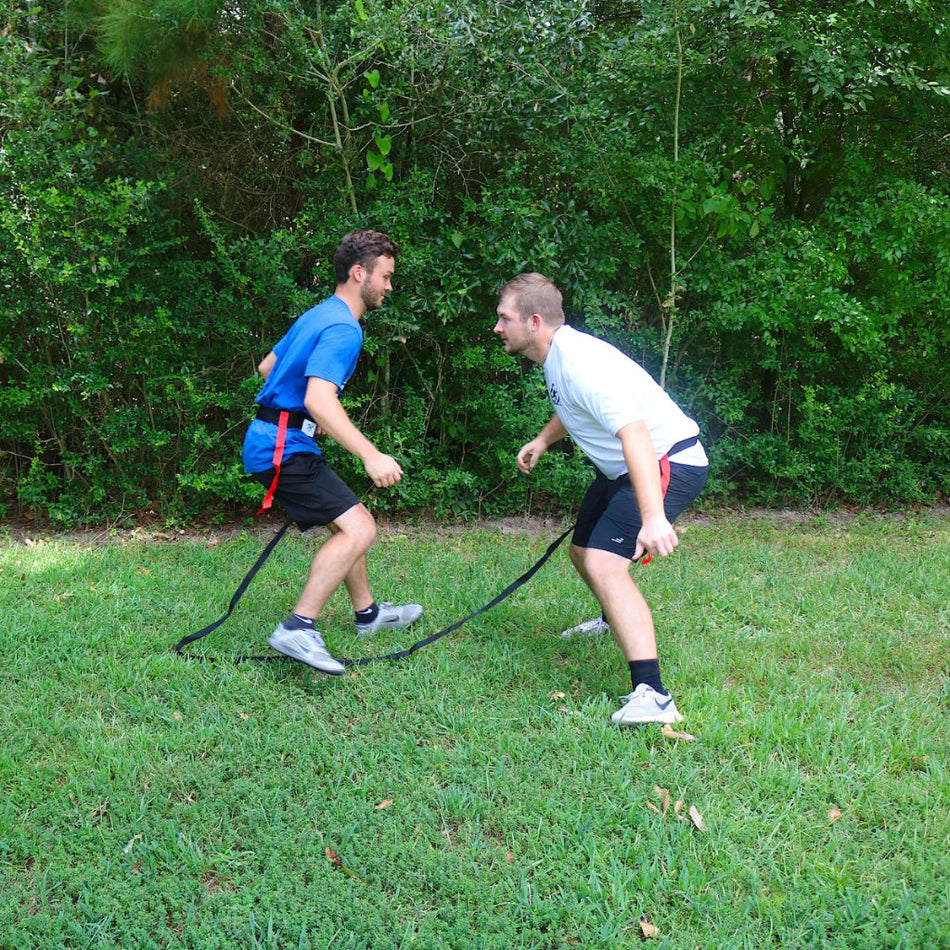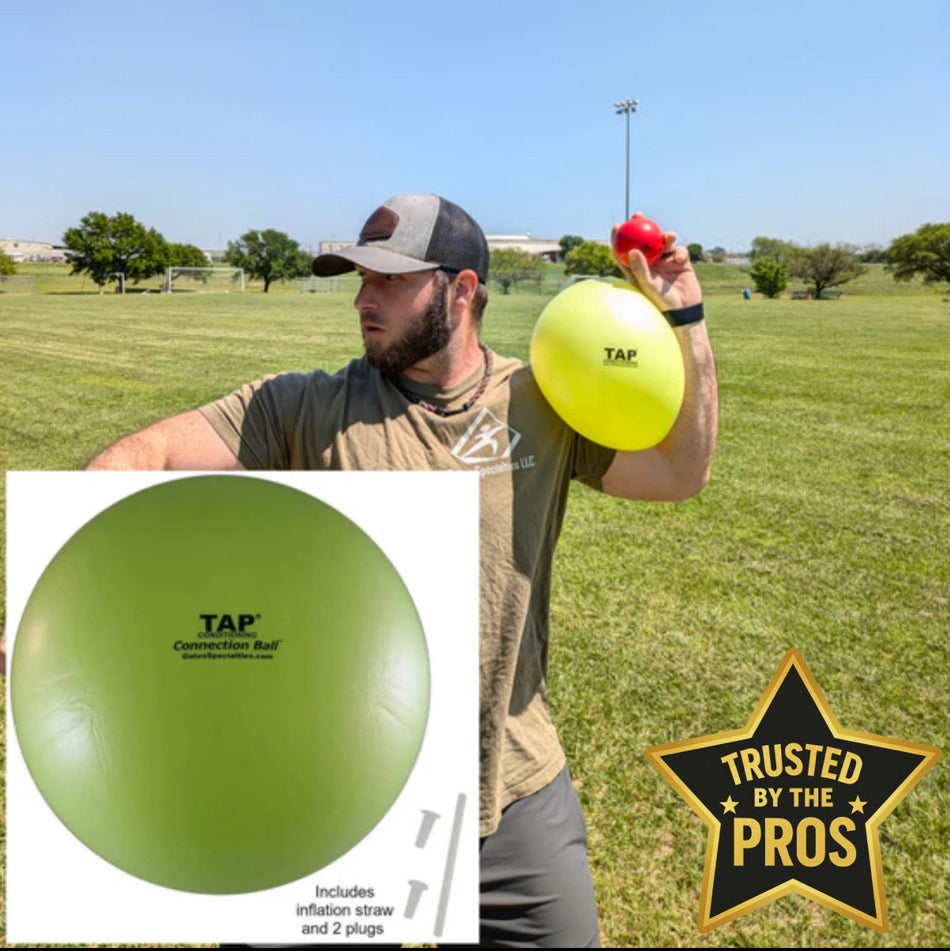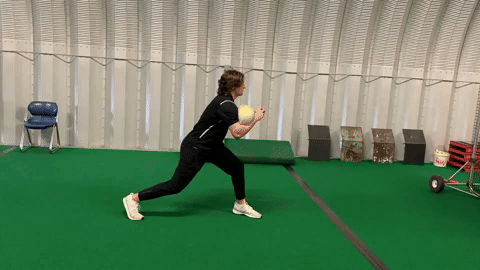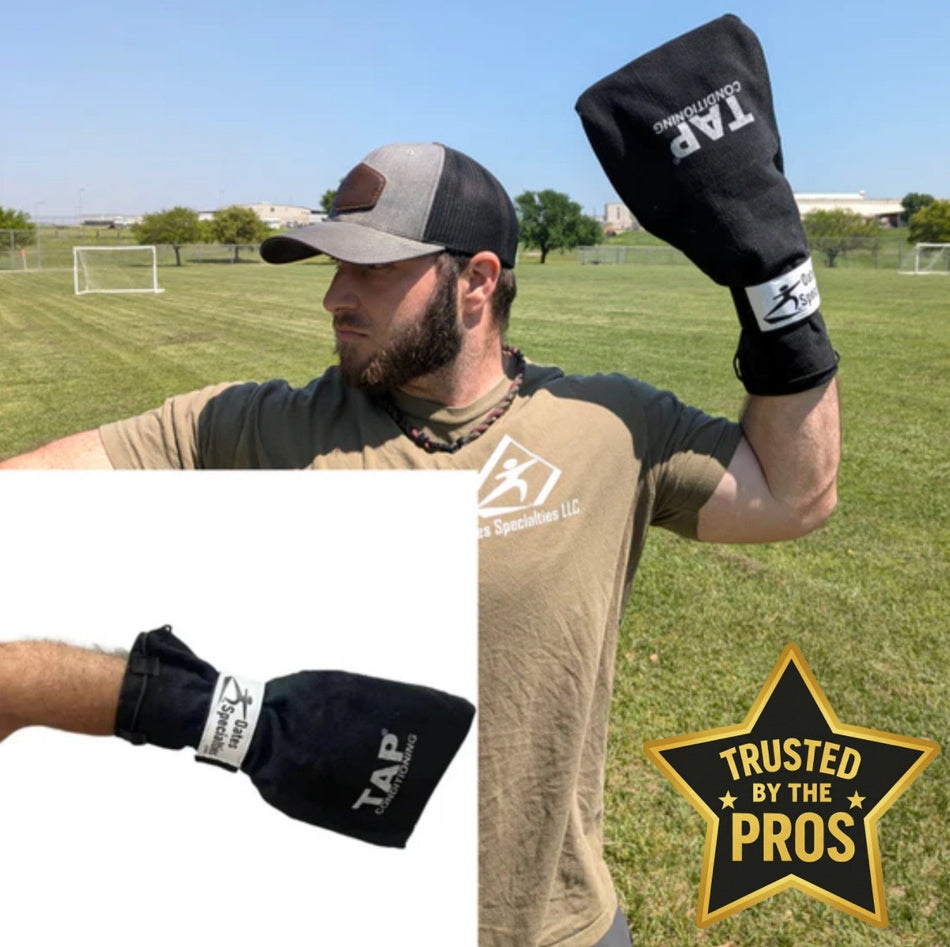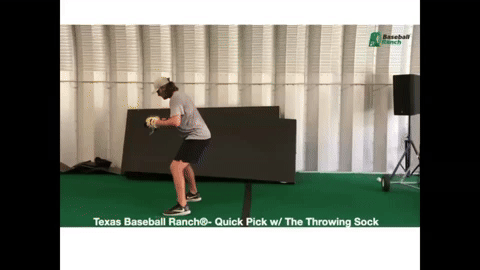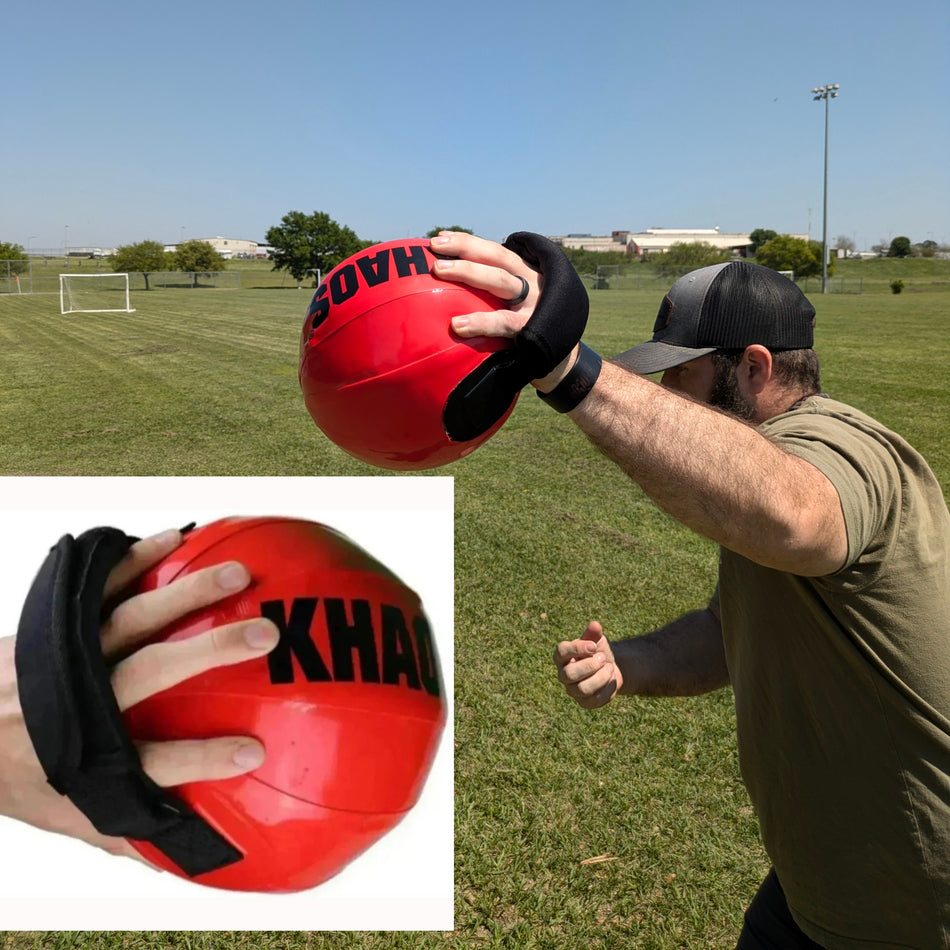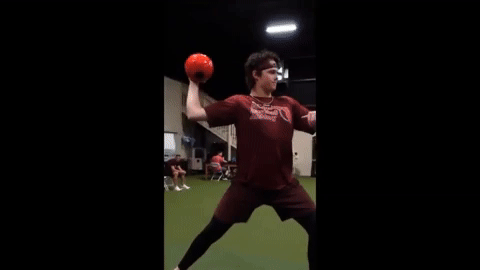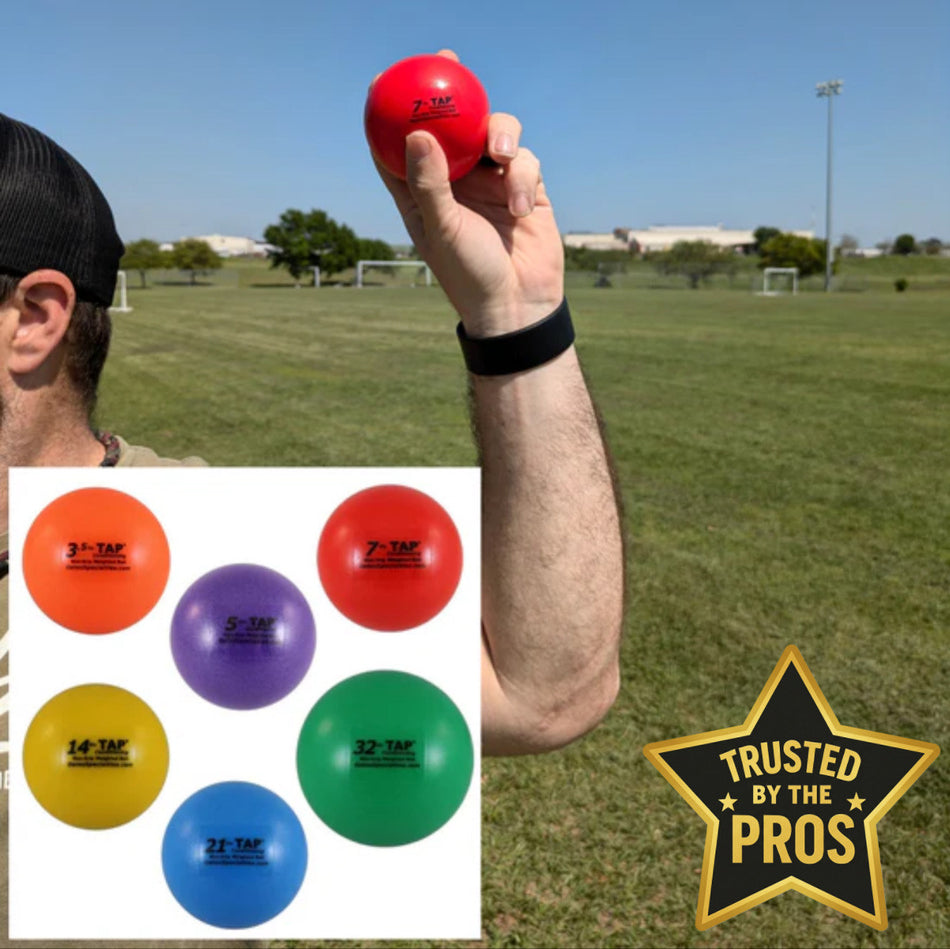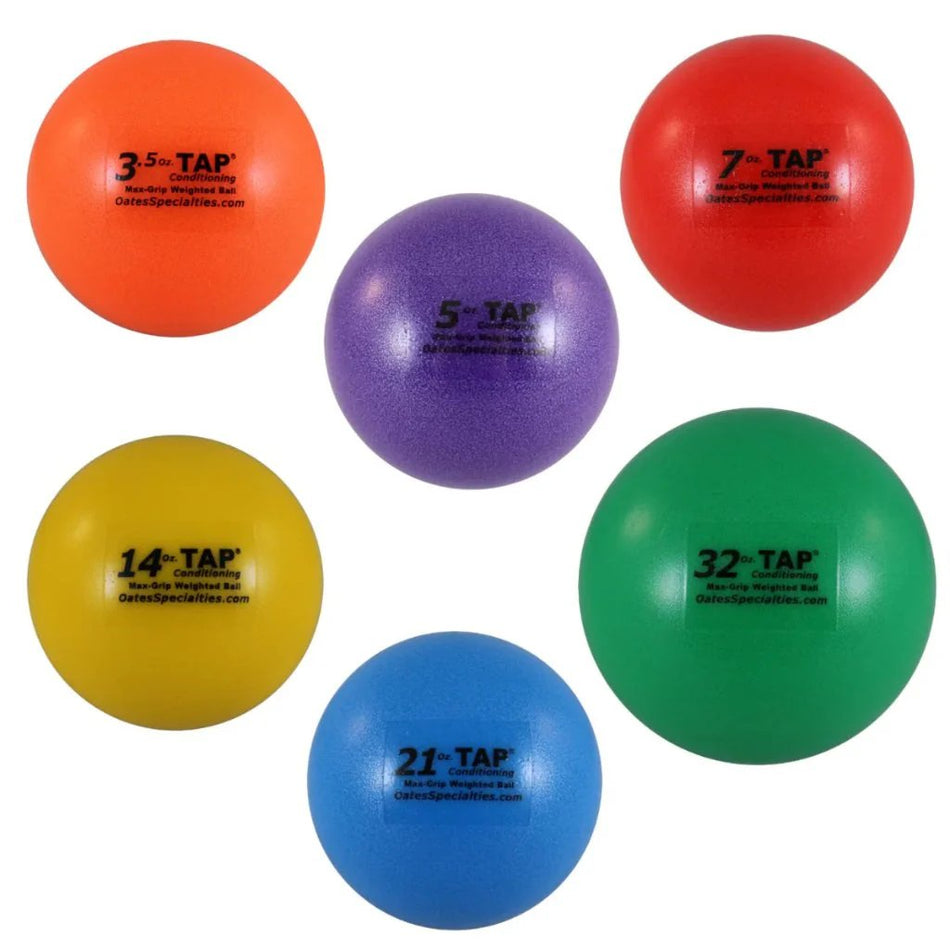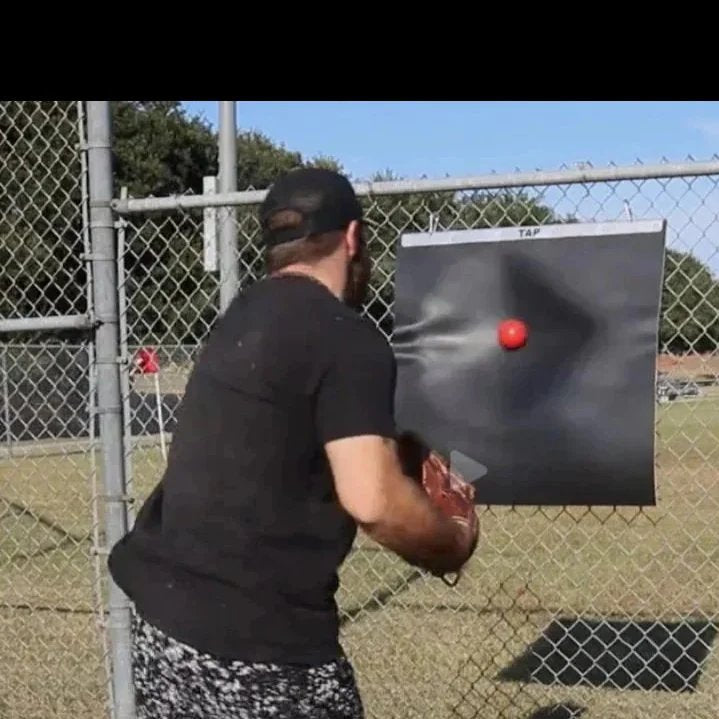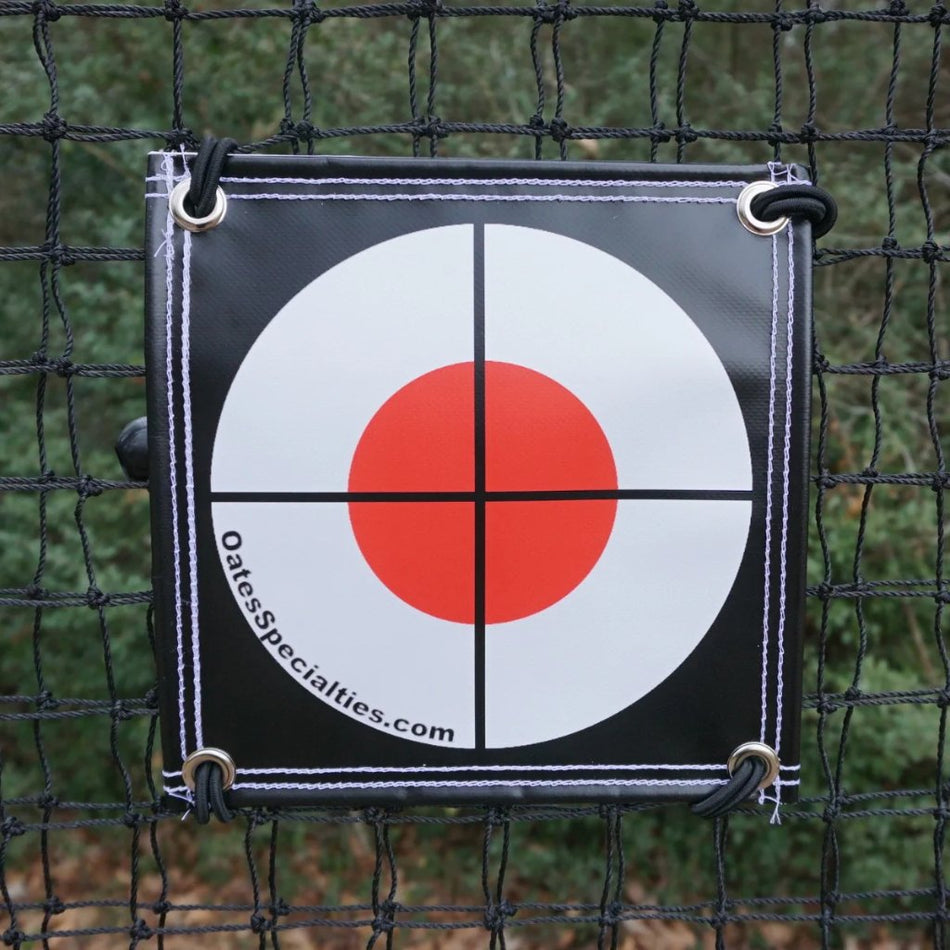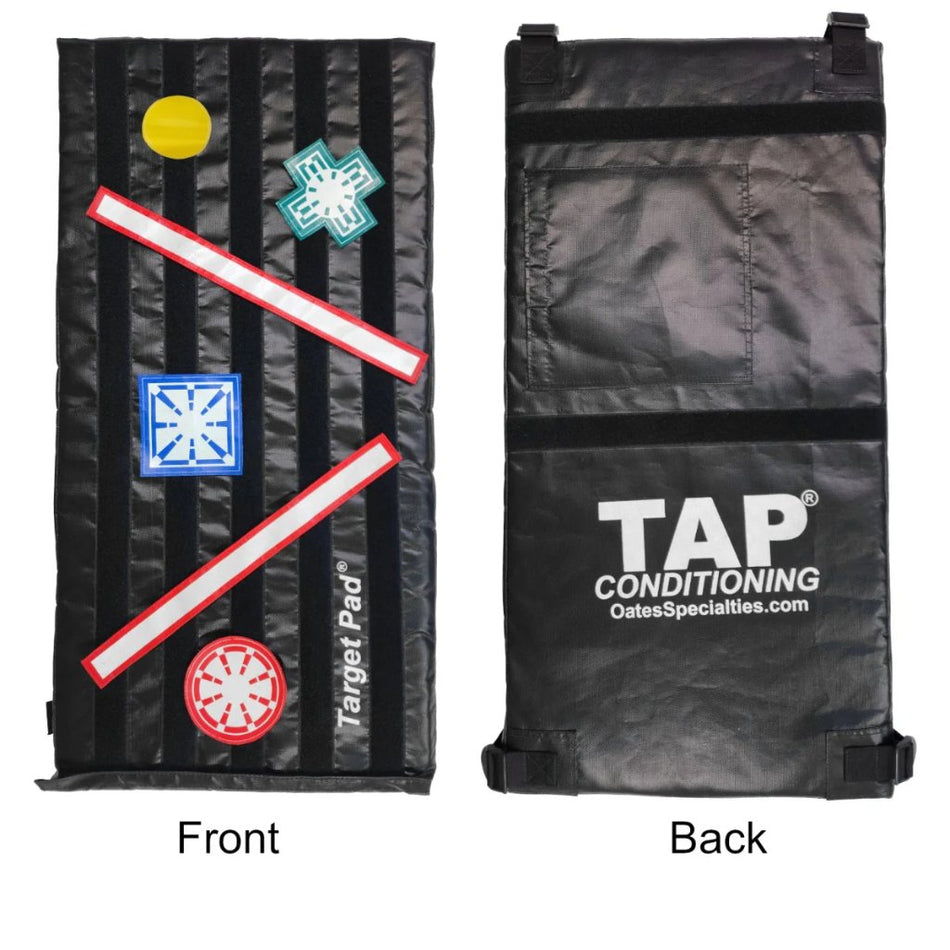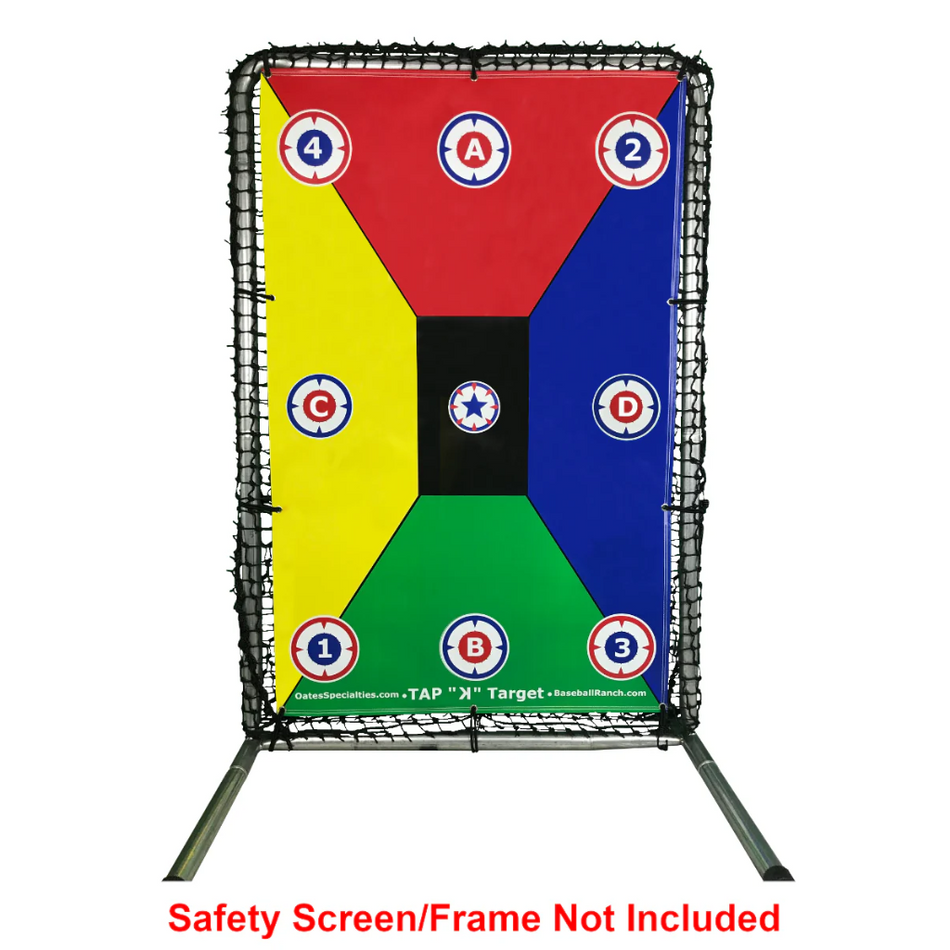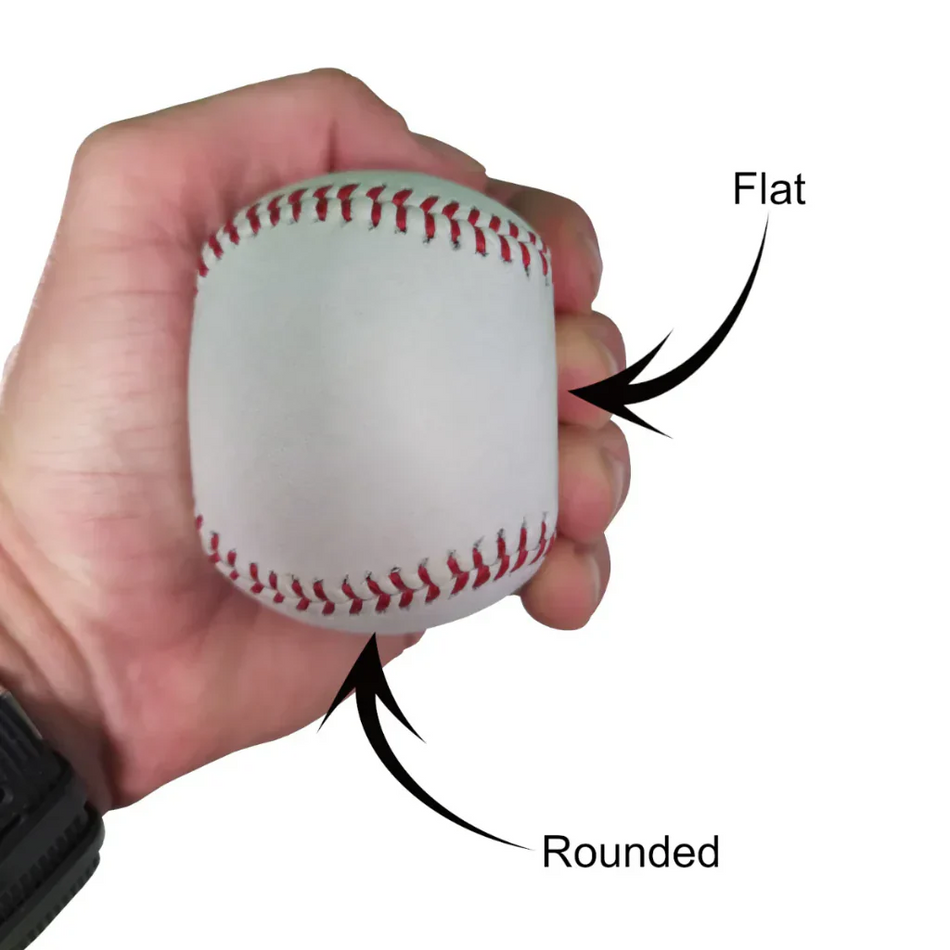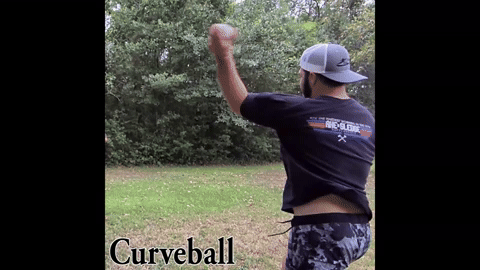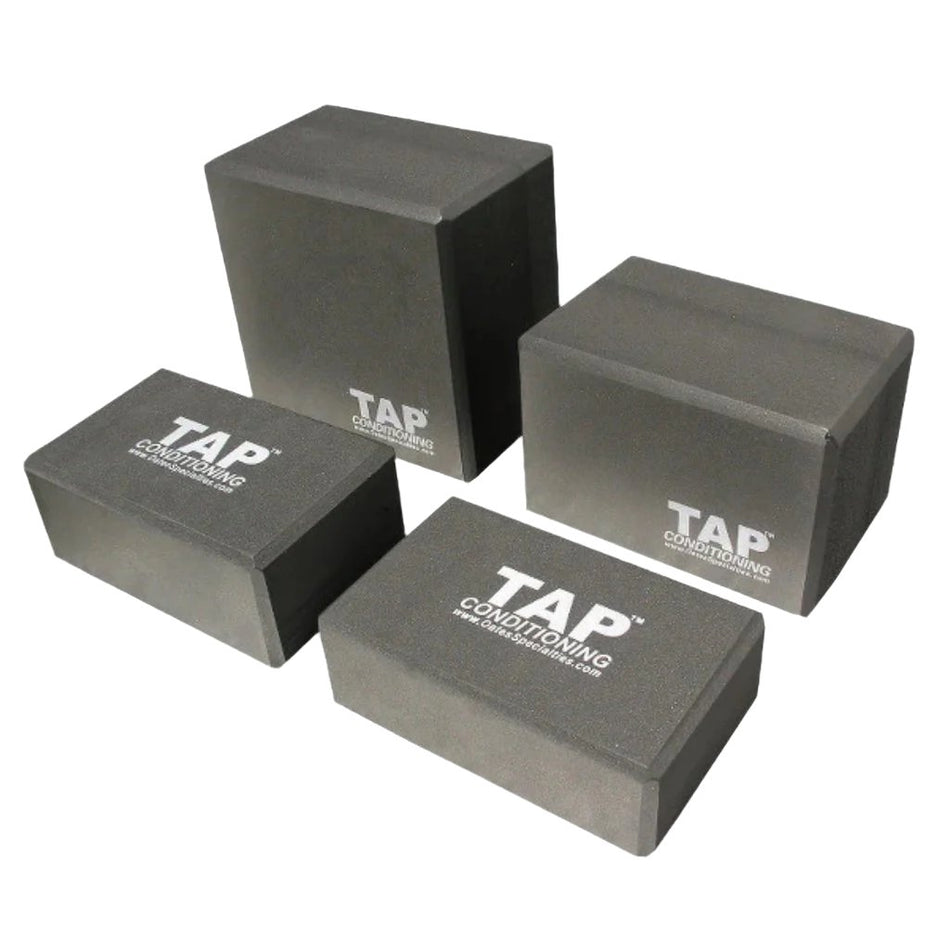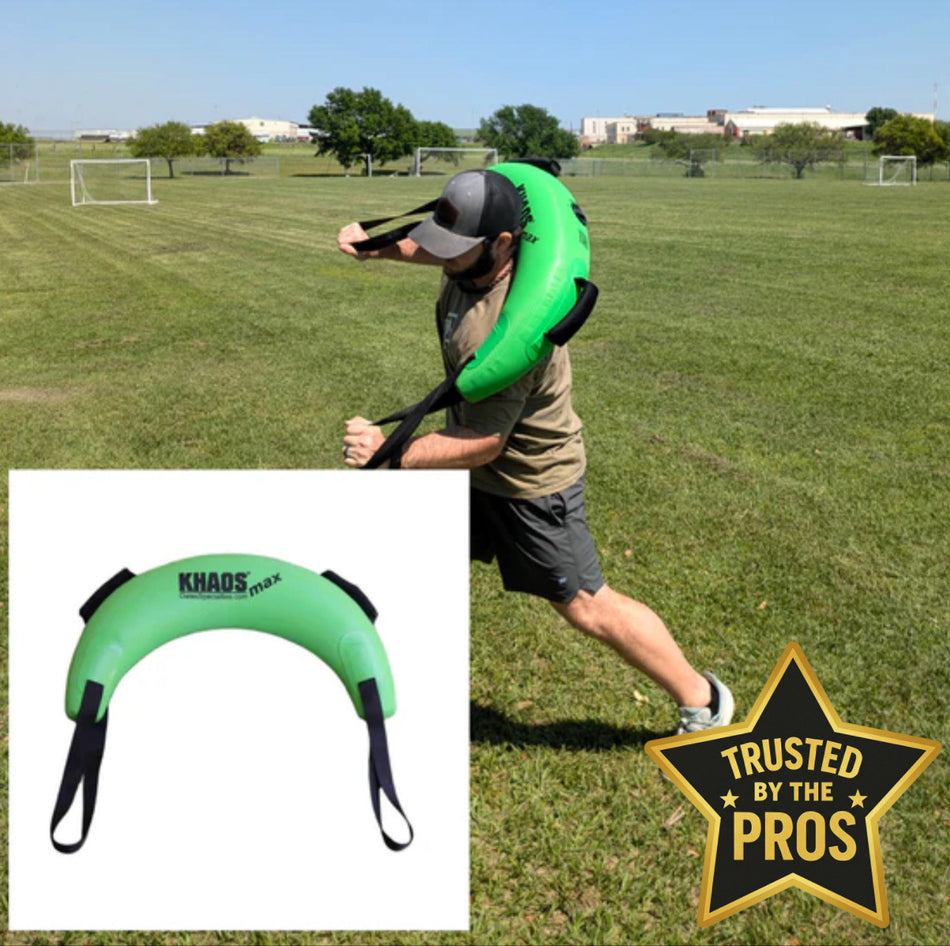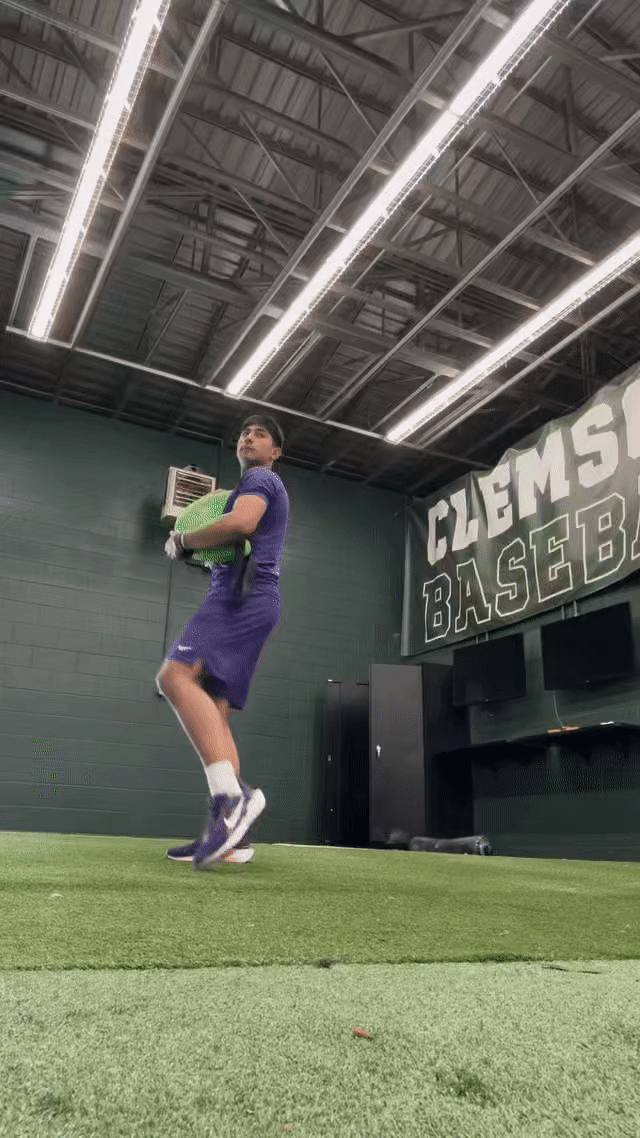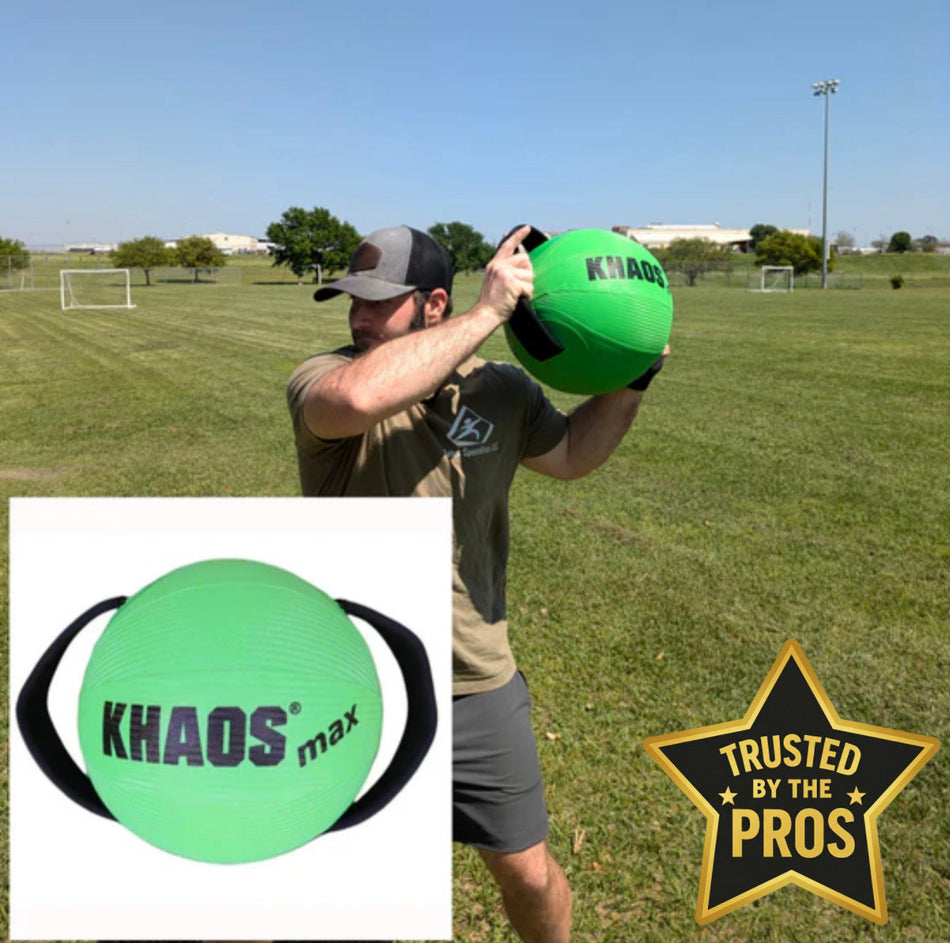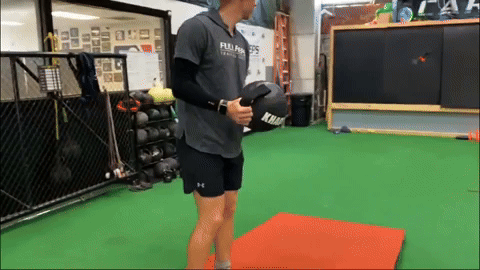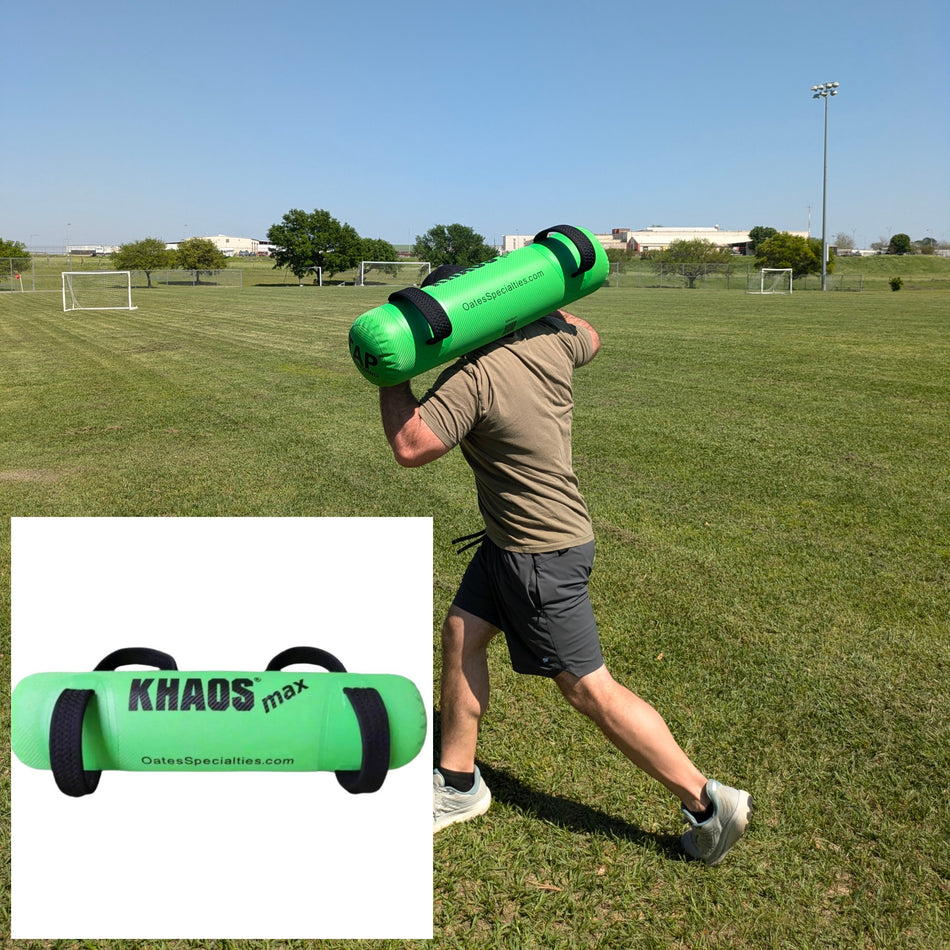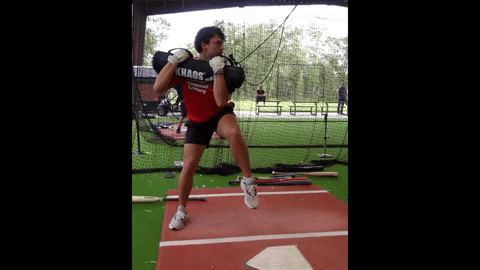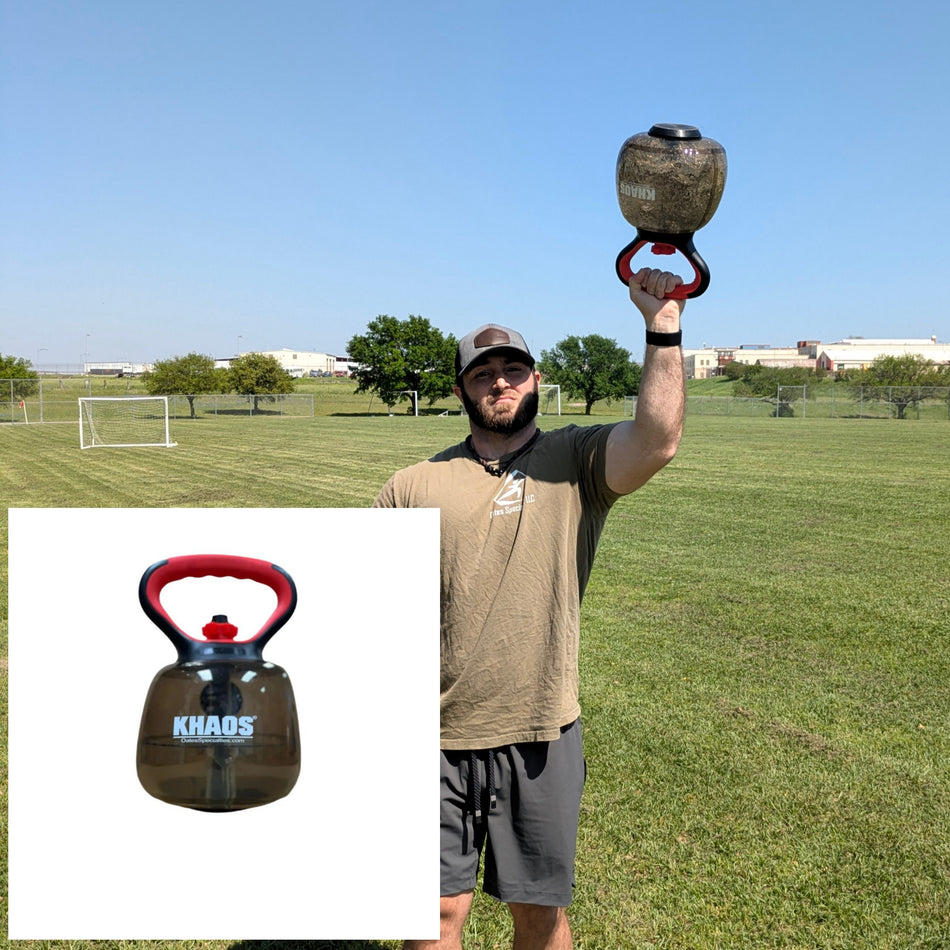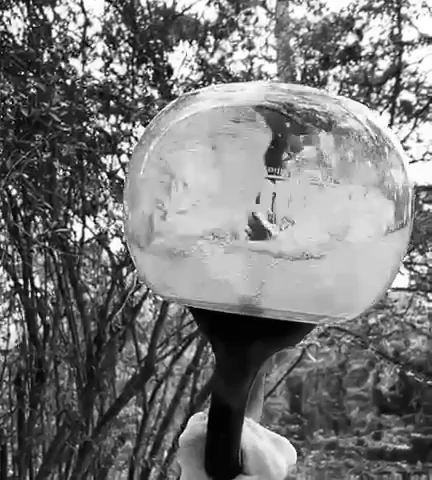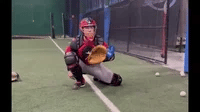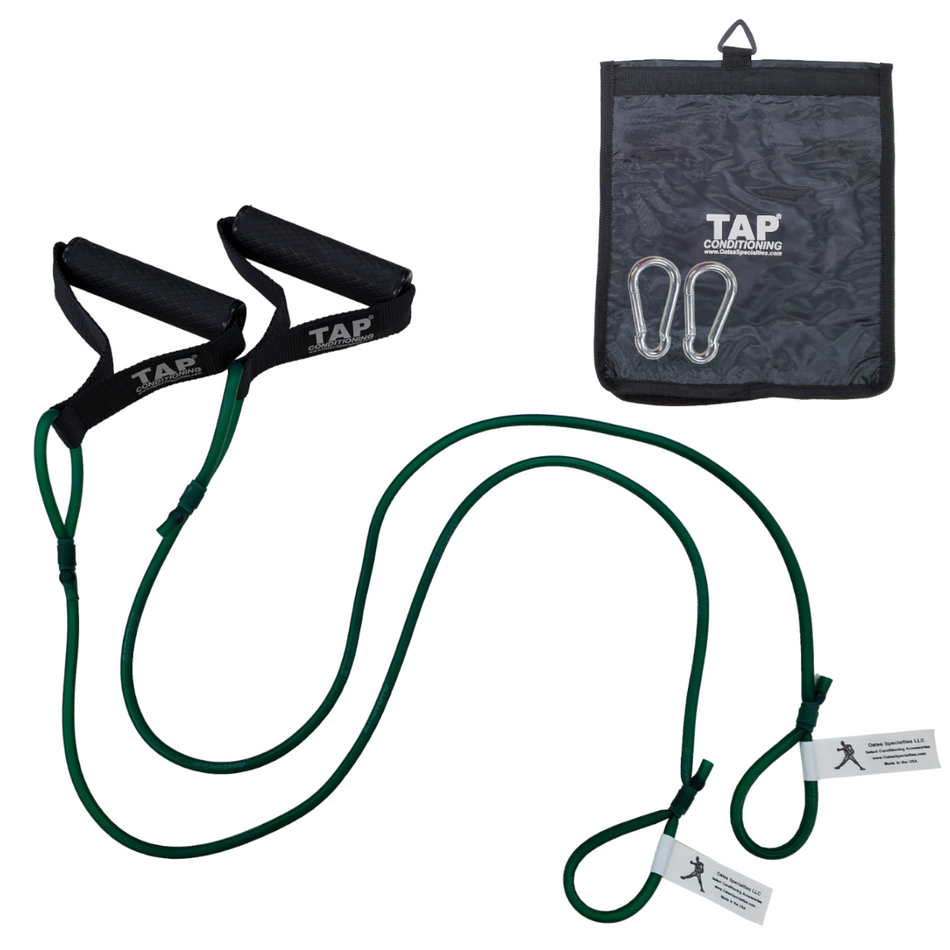HOW YOSHINOBU YAMAMOTO REWROTE THE RULES OF TALENT DEVELOPMENT
By Oates Specialties
PREFER TO LISTEN?
Experience this story on the go, during your commute, or while training. Perfect for coaches, athletes, and parents who are always moving.
TABLE OF CONTENTS - JUMP TO SECTIONS
• The Crying Kid from Bizen (Ages 6-14) Future star pitcher Yoshinobu Yamamoto was a small, emotional, and ordinary kid from Bizen, Japan, whose obsessive work ethic eventually compensated for his overlooked early potential. • The Transformation Years (Ages 15-18) After choosing an obsessive path of systematic development in high school, the overlooked Yoshinobu Yamamoto dramatically increased his velocity, leading to his fourth-round selection by the Orix Buffaloes. • The Osaka Revelation (Ages 18-25) By partnering with biomechanist Osamu Yada, Yoshinobu Yamamoto adopted a revolutionary training system focused on movement efficiency and minimal input, which propelled him to an unprecedented three consecutive NPB Triple Crowns. • The Ultimate Test (Age 27) Defying modern baseball norms, Yoshinobu Yamamoto made a historic relief appearance on zero days' rest in Game 7 of the 2025 World Series, using his unique training and unwavering will to secure the championship and earn the MVP award. • The Blueprint: 5 Lessons Yamamoto's blueprint for athletes stresses movement efficiency, coordination, and quality over volume and size, emphasizing the importance of building core stability, valuing recovery as training, and finding mentors focused on proper movement mechanics. • Why This Story Matters to Us Yamamoto's success validates the philosophy of Oates Specialties by demonstrating that systematic movement efficiency and kinetic chain coordination are superior to brute force and can achieve the highest level of athletic performance. • Your Turn Yamamoto's underdog journey proves that an athlete's choices and dedicated focus on movement study are more important than genetics or initial talent in achieving elite success.Four weeks ago, a pitcher who once cried after losing his lunchbox threw baseball's most clutch performance of 2025. His journey from overlooked benchwarmer to World Series MVP proves that greatness isn't about genetics—it's about the roads you're willing to travel.
THE CRYING KID FROM BIZEN (AGES 6-14): WHEN POTENTIAL LOOKED LIKE NOTHING SPECIAL
August 17, 1998. Bizen, Okayama, Japan—a small city more famous for its pottery than its baseball players. A grandmother chooses a name for her newborn grandson by combining characters from both parents: "Yoshi" from his mother, "Nobu" from his father. Yoshinobu Yamamoto.
Fast-forward to age six. Little Yoshinobu joins his first baseball team, and he's... ordinary. Actually, he's more than ordinary—he's emotional. "I used to cry a lot," Yamamoto later recalled in interviews about his childhood. "I remember one day I cried because I couldn't find my lunch box in my backpack. I also hated to lose, so I think I cried every time we lost."
His position? Third base and catcher. Not pitching. Nobody saw a future ace.
At age twelve, Yoshinobu entered his local middle school team, and reality hit hard. He was smaller than his classmates. Thinner. Weaker. For two full years—ages twelve to fourteen—he sat the bench. Not a starter. Not even a regular contributor. Just another kid who loved baseball but didn't stand out.
THE FIRST CROSSROADS: Most athletes would have quit. Most parents would have suggested trying another sport. But inside that undersized frame burned something scouts couldn't measure—a hatred of losing so intense it made him cry, and a stubborn refusal to accept being ordinary.
At age fourteen, in his third year, Yoshinobu finally earned a regular spot. Not because he suddenly grew or got stronger—he was still smaller than everyone else—but because he outworked everyone. This pattern shows up repeatedly in elite athlete development: when genetic gifts don't appear early, obsessive habits often compensate.
Then came a moment that caught people's attention. In a regional tournament game, Yoshinobu took the mound as a relief pitcher for the final two innings. His last pitch of the game—a fastball—painted the corner with perfect precision.
"I'll never forget that one pitch."
— Coach's observation from Yamamoto's middle school tournament
But the national tournament that followed? His team lost in the first round. When an opposing batter crushed a home run off him, his former coach Mr. Nakata later admitted something brutally honest:
"Yoshinobu was not a bad player by any means. But we were aware, as was he, that there were higher-ranked players. I never even imagined that he would become a professional baseball player in the future."
— Mr. Nakata, Middle School Coach
Nobody saw it coming. Not his coaches. Not scouts. Not even Yoshinobu himself.
THE TRANSFORMATION YEARS (AGES 15-18): CHOOSING THE HARDEST PATH
Age fifteen. Yoshinobu enrolled at Miyakonojo Senior High School in Miyazaki Prefecture, and something clicked. Not talent—he didn't suddenly discover a golden arm. What changed was his choice.
He chose the hardest path: SYSTEMATIC, OBSESSIVE DEVELOPMENT.
In later interviews reflecting on this period, he said: "I was forced to do a lot of running during practice... I thought it was pointless at the time, but it turned out to be a good experience."
Here's where the velocity progression becomes remarkable—numbers that don't follow typical development patterns:
THE REMARKABLE VELOCITY PROGRESSION
11 MPH INCREASE IN JUST 2 YEARS
Not through size or genetics, but through systematic movement efficiency
Eleven miles per hour in two years. That's not genetics. That's not luck. That's what happens when someone small decides the only way forward is to become MORE EFFICIENT than everyone else.
But life had one more obstacle.
Age seventeen, before his final high school tournament. Elbow injury. Yamamoto hid it from everyone and pitched through the pain. He won his first game—seven innings, eleven strikeouts, one run allowed. Then lost a heartbreaker 0-2 in a pitcher's duel.
The 2016 NPB Draft approached. The Japanese draft works differently than America's—there's no fixed number of rounds. Instead, twelve teams continue selecting players until either 120 total players are chosen or all teams indicate they're finished. Most teams make 7-10 selections. Teams passed on Yamamoto early. Too small. Injury concerns. Limited national exposure.
SECOND CROSSROADS: The Orix Buffaloes finally selected him in the fourth round—meaning roughly 40-50 players had been chosen before him. One scout's report: "projectable but risky."
Not first round. Not even second or third. Fourth.
The last time he'd be underestimated.
THE OSAKA REVELATION (AGE 18-25): WHEN SCIENCE MEETS OBSESSION
Age eighteen, 2017. Yoshinobu Yamamoto signed with the Orix Buffaloes wearing number 43—far from the ace number 18 he'd eventually earn. His first move wasn't hitting the weight room like American prospects. It was finding a 60-something biomechanist named Osamu Yada who operated outside traditional baseball infrastructure.
"He's the person who built me," Yamamoto would say seven years later, accepting his World Series MVP trophy.
What Yada saw was a slight-framed teenager who threw hard despite weighing only 176 pounds. And Yada asked the question that would change everything:
"HOW CAN WE GET MAXIMUM OUTPUT FROM MINIMUM INPUT?"
The answer defied conventional wisdom.
In his post-World Series interviews with ESPN's Jeff Passan, Yada explained: "It's easy to use one muscle at 100% output. But what Yoshinobu tries to do is use 600 different muscles at 10% output."
YADA'S TREE METAPHOR: "Think about a tree. A tree has a trunk, branches, and roots. In the sports world, we tell people to move their hands this way, their feet this way—that's just moving the branches. The most important thing is the trunk. It can't just be firm, either. If the trunk is hollow, it might snap in half easily. So what I'm doing is building a strong trunk that can stand up to strong rain and wind."
TWO APPROACHES TO PITCHING DEVELOPMENT
| TRADITIONAL TRAINING | MOVEMENT QUALITY (YADA METHOD) |
|---|---|
| ❌ Heavy weightlifting | ✅ Bodyweight movements |
| ❌ Isolated muscle groups | ✅ Whole-body coordination |
| ❌ One muscle at 100% | ✅ 600 muscles at 10% |
| ❌ Volume-based throwing | ✅ Quality over quantity |
| ❌ Size and strength focus | ✅ Efficiency and mechanics |
The training philosophy emphasized unconventional approaches that prioritized movement quality over traditional strength development:
- Movement-based conditioning rather than heavy weightlifting
- Mobility and flexibility work including yoga-inspired movements
- Throwing implements designed to expose mechanical flaws through immediate feedback
- Daily soft tissue work and proprioceptive drills
- Movement quality over volume—every rep had to be mechanically sound
When Dodgers scouts visited Yada's clinic in Osaka before signing Yamamoto, Vice President Galen Carr recalled being impressed: "Watching people work at his clinic is special. They do things with their bodies—contortions and twisting and balance and strength—and it's body weight, not stuff we do here. And somehow that kid throws 98 and he's 5-10. Maybe we can learn something from him."
The results arrived systematically:
- AGE 23 (2021): Won Pacific League MVP, Sawamura Award, Triple Crown (18-5, 1.39 ERA, 206 strikeouts)
- AGE 24 (2022): Repeated all three awards, threw first no-hitter, led Orix to championship
- AGE 25 (2023): Third consecutive Triple Crown—first pitcher in NPB history to win three straight. Threw second no-hitter in consecutive seasons (another first).
When the Dodgers offered a 12-year, $325 million contract—the largest ever for a pitcher—they weren't just buying talent. They were buying a COMPLETE SYSTEM of training, recovery, and mechanical efficiency that American baseball had never fully embraced.
THE ZERO DAYS' REST MVP (AGE 27): THE ULTIMATE TEST
November 2025. Game 7 of the World Series. Toronto Blue Jays vs. Los Angeles Dodgers.
Twenty-four hours earlier, Yamamoto had thrown 96 pitches across six innings in Game 6. By every modern baseball standard, he was done. Unavailable. Manager Dave Roberts even ruled him out publicly.
But that night, after Game 6, Yamamoto didn't go to his hotel room. He went to the trainer's room. Yada put him through soft tissue work, mobility sequences, breathing exercises—the same system they'd built over seven years.
Next morning, Yamamoto tested his arm. It felt... workable. Word spread through back channels. Front office members whispered. Coaches wondered. Could he possibly...?
Game 7. Ninth inning. Score tied 4-4. Blue Jays have runners on first and second, one out. They need one run to win the championship.
Yoshinobu Yamamoto—the kid who once cried over a lost lunchbox, the teenager teams passed on in the draft, the 5-foot-10 pitcher who was supposed to be too small—jogged in from the bullpen on ZERO DAYS' REST.
His second pitch hit the batter. Bases loaded, one out.
Here's what happened next:
9TH INNING: Escaped bases-loaded jam without allowing a run
10TH INNING: 1-2-3, three up three down
11TH INNING: Got a ground ball double play to end the game
FINAL LINE: 2⅔ innings, zero runs, zero hits, one walk, World Series championship
BY THE NUMBERS:
- Three appearances in seven days
- GAME 2: Complete game (9 IP, 1 R)
- GAME 6: 96 pitches (6 IP, 1 R)
- GAME 7: 2⅔ scoreless relief innings
- TOTAL: 17⅔ innings, 1.02 ERA, three wins
- HISTORIC: Fourth pitcher ever to win Games 6 and 7 of same World Series
- MVP: Second Japanese-born player (after Hideki Matsui, 2009)
"I have no idea how he pulled it off. I really believe he is the No. 1 pitcher in the whole world."
— Shohei Ohtani, Dodgers teammate
"It's unheard of, and I think that there's a mind component, there's a delivery, which is a flawless delivery, and there's just an unwavering will."
— Dave Roberts, Dodgers Manager
THE BLUEPRINT: WHAT YAMAMOTO'S PATH TEACHES EVERY ASPIRING ATHLETE
LESSON 1: DISTRIBUTE FORCE ACROSS THE ENTIRE KINETIC CHAIN
At 5-foot-10, 176 pounds, Yamamoto would never survive traditional "power pitching" development. So he didn't try. Instead, Yada taught him to build power through COORDINATION, NOT COMPENSATION.
THE 600-MUSCLES PHILOSOPHY: Instead of one muscle group firing at maximum capacity (which breaks down over time), distribute force across the entire kinetic chain. Every joint, every muscle, every fascial line contributing 10%—creating power through whole-body synchronization.
FOR YOUNG ATHLETES: Stop chasing size and strength alone. Start studying how your body moves as a connected system. Film yourself. Find inefficiencies. Build the whole chain, not just the showcase muscles.
LESSON 2: MOVEMENT QUALITY BEATS TRAINING VOLUME
Yamamoto's training philosophy emphasized movement quality and mechanical precision over traditional volume-based approaches. His development prioritized exposing mechanical flaws through specialized drills and implements that provided immediate feedback when movement broke down.
FOR YOUNG ATHLETES: One perfect rep teaches more than a hundred sloppy ones. Use tools and drills that provide immediate feedback when movement breaks down.
LESSON 3: BUILD YOUR "TRUNK," NOT JUST YOUR "BRANCHES"
Stop obsessing over arm angle, stride length, hand position. Those are branches. Build your trunk first—core stability, hip mobility, thoracic rotation, scapular control. When the trunk is strong and mobile, the branches adjust naturally.
FOR YOUNG ATHLETES: Spend less time perfecting positions. Spend more time building movement capacity through mobility work, rotational exercises, and balance training.
LESSON 4: RECOVERY IS TRAINING
Yamamoto's post-Game 6 soft tissue work with Yada wasn't downtime—it was active preparation. The mobility work, the breathing protocols, the proprioceptive resets—that was training. It made the difference between watching Game 7 and winning MVP.
FOR YOUNG ATHLETES: How you recover determines whether you can repeat elite performance. Sleep, nutrition, mobility work, soft tissue care—these aren't extras, they're the foundation.
LESSON 5: FIND YOUR "YADA"—THE GUIDE WHO SEES WHAT OTHERS MISS
Every team passed on Yamamoto early. Every scout had reasons why he "couldn't." Too small. Too risky. Injury history. Then Yada saw something nobody else did—not talent, but TRAINABILITY.
FOR YOUNG ATHLETES: Your "Yada" might not be a world-class biomechanist in Osaka. It might be a smart high school coach who emphasizes fundamentals over velocity. A physical therapist who teaches movement patterns. A strength coach who values mobility as much as max lifts. Even quality online resources teaching movement principles can plant seeds. The principle matters more than the specific person—find someone who teaches you how to move better, not just throw harder.
💡 WANT TO EXPLORE TOOLS THAT SUPPORT THESE PRINCIPLES?
Discover training implements developed in collaboration with coaches and movement specialists who emphasize the same philosophy: movement quality, kinetic chain efficiency, and proprioceptive feedback.
No hard sell. Just tools designed for practitioners who believe in the road less traveled.
WHY THIS STORY MATTERS TO US
Here's the truth: Yamamoto trained with a world-class biomechanist in Osaka using proprietary methods we can only glimpse through interviews and media coverage. We can't replicate his exact program. Nobody outside that relationship can.
But Yamamoto's journey fascinates us because it validates principles we've pursued since founding Oates Specialties in 2003—years before anyone outside Japan knew his name.
MOVEMENT QUALITY OVER BRUTE FORCE.
KINETIC CHAIN EFFICIENCY OVER ISOLATED STRENGTH.
PROPRIOCEPTIVE FEEDBACK OVER MINDLESS REPETITION.
SYSTEMATIC DEVELOPMENT OVER SHORTCUTS.
For over two decades, we've collaborated with coaches, physical therapists, and movement specialists who believe in these same principles. Practitioners like Ron Wolforth at the Texas Baseball Ranch. Sports medicine professionals working with overhead athletes. Coaches who've seen too many young arms destroyed by programs that prioritize velocity over sustainability.
These practitioners come to us not because we're trainers ourselves—we're not. We're tool developers. They describe what athletes need to develop movement quality, and we work to create implements that support those goals. They test prototypes, provide feedback, and help us refine until the tools actually serve their purpose.
Stories like Yamamoto's remind us why this work matters.
When a 5-foot-10 pitcher can throw on zero days' rest and dominate the world's best hitters—not through superhuman genetics, but through SYSTEMATIC MOVEMENT EFFICIENCY—it proves that the principles matter more than the size of the athlete.
When success comes from "600 muscles at 10%" rather than one muscle at 100%, it reinforces what we've learned from practitioners: COORDINATION BEATS COMPENSATION.
When training methods expose mechanical flaws through immediate feedback, it validates our belief in tools that provide proprioceptive awareness rather than masking dysfunction.
We're not claiming Yamamoto's path as our own. We're documenting it as evidence that the approach we've supported for 20+ years—the one often dismissed as "too soft" or "not serious enough"—can produce the highest level of performance when applied with discipline and expertise.
YOUR TURN: WRITE YOUR OWN UNDERDOG STORY
Yoshinobu Yamamoto's path wasn't linear. It wasn't easy. It wasn't even visible to most people watching.
At six, he was crying over a lunchbox.
At twelve, he was riding the bench.
At fourteen, coaches couldn't imagine him going pro.
At eighteen, he was a fourth-round pick—roughly the 45th player selected.
At twenty-seven, he was World Series MVP.
THE DIFFERENCE? He chose the road less traveled. He found the right teacher. He trusted the process. He built the trunk, not just the branches. He learned to distribute force across 600 muscles instead of destroying one.
Your genetics aren't your ceiling. Your size isn't your limit. Your draft position isn't your destiny.
YOUR CHOICES ARE.
So here's the question every young athlete needs to answer:
Are you willing to take the road less traveled? Are you willing to study movement instead of just repeating it? Are you willing to build for years instead of hoping for months?
Because somewhere right now, there's a twelve-year-old sitting the bench. Smaller than everyone else. Not getting playing time. Wondering if it's worth it.
That kid's story isn't written yet.
THAT KID MIGHT BE YOU.
CURIOUS ABOUT OUR JOURNEY?
If you're a coach, physical therapist, or movement specialist interested in tools that support the principles discussed in this article—movement quality, kinetic chain efficiency, proprioceptive feedback—we invite you to explore what we've developed over the past two decades.
We don't claim to have Yada's expertise. We don't train athletes ourselves. What we do is listen to practitioners who share these movement-quality principles and work to create implements that support their training philosophies.
Every product we offer has been developed through collaboration with experienced coaches and undergoes extensive field testing with real athletes before we make it available. When practitioners tell us "athletes need better feedback on rotational mechanics" or "we need tools that expose kinetic chain breakdowns," we respond by developing implements designed to address those specific needs.
Our catalog includes training tools for:
- Rotational mobility and shoulder health
- Total-body coordination and sequencing feedback
- Progressive loading for proprioceptive development
- Arm care and movement preparation
- Core stability and balance training
Visit Oates Specialties at oatesspecialties.com to see how we're working to make movement-quality training more accessible to coaches and athletes who believe in the "road less traveled."
We're not selling magic solutions or promising shortcuts. We're offering tools developed for practitioners who, like us, believe that how an athlete moves matters more than how much they can lift.
If that philosophy resonates with you—if Yamamoto's story reinforces principles you already pursue—we'd be honored to support your work.
Explore our approach: oatesspecialties.com
ABOUT OUR COLLABORATORS:
• Texas Baseball Ranch (Ron Wolforth): https://texasbaseballranch.com

• Florida Baseball ARMory (Randy Sullivan): https://floridabaseballarmory.com

• Oates Specialties: https://oatesspecialties.com
IMPORTANT DISCLAIMERS AND LEGAL NOTICES
EDITORIAL DISCLAIMER: This article provides educational commentary on publicly reported athletic development and performance. Content is based on published interviews, news reports, and biographical information available as of November 2025. This article is not based on direct consultation with Yoshinobu Yamamoto, Osamu Yada, the Los Angeles Dodgers organization, or their representatives. The analysis and interpretation of training principles are the author's, derived from publicly available sources.
INTELLECTUAL PROPERTY NOTICE: All team names, athlete names, organizational logos, and trademarks referenced herein are the property of their respective owners. References are made solely for factual reporting, historical context, and editorial commentary under fair use principles. No endorsement, sponsorship, partnership, or affiliation with Yoshinobu Yamamoto, Osamu Yada, the Los Angeles Dodgers, Major League Baseball, Nippon Professional Baseball, or any other referenced entities is claimed or implied. These individuals and organizations have not reviewed, approved, or endorsed this content.
TRAINING PHILOSOPHY DISCLAIMER: The movement-quality principles discussed in this article—kinetic chain efficiency, proprioceptive training, mobility-first approaches—represent concepts found in sports science literature and practiced by various training professionals. While we discuss these principles in the context of Yamamoto's publicly reported training with Osamu Yada, we acknowledge that Yada's specific methodologies are proprietary and cannot be fully understood or replicated from media coverage alone. Our implementation of similar principles through training tools represents our independent interpretation and application, developed through collaboration with our own network of practitioners over 20+ years.
PRODUCT RELATIONSHIP DISCLAIMER: Yoshinobu Yamamoto and Osamu Yada have no affiliation with Oates Specialties and have not used or endorsed our products. The connection drawn in this article is philosophical rather than direct—we study successful implementations of movement-quality principles and work to create tools that support similar approaches. Our products are developed through collaboration with our own network of coaches, physical therapists, and movement specialists, not through consultation with the athletes or trainers discussed in this article.
MEDICAL AND TRAINING DISCLAIMER: Information about training methodologies, biomechanics, and athletic development is provided for educational purposes only and should not replace personalized guidance from qualified professionals. Individual results vary significantly based on factors including age, training history, physical condition, genetic predisposition, coaching quality, and proper program implementation. Readers should consult certified coaches, licensed athletic trainers, physical therapists, or healthcare providers before implementing new training protocols. Improper training can result in injury. The tools and approaches mentioned are intended for use under qualified professional supervision.
PROFESSIONAL GUIDANCE: Oates Specialties provides training implements for use by coaches, physical therapists, and other qualified practitioners. We are not a training service and do not provide coaching or athletic development programs. Our role is to develop tools that support the work of experienced professionals who understand movement principles and athlete development. Athletes and parents should work with qualified coaches when implementing any training approach.
ACCURACY STATEMENT: All factual claims about Yoshinobu Yamamoto's career, training, and performance are based on publicly available information from recognized news sources, official league records, and verifiable reports current as of November 2025. While every effort has been made to ensure accuracy through multiple source verification, readers should independently verify information for critical applications. Our interpretation and analysis of training principles represents our understanding based on available information and may not fully capture the complexity of the actual training methods employed.
ABOUT OATES SPECIALTIES
Since 2003, Oates Specialties has collaborated with coaches, physical therapists, and movement specialists who emphasize movement quality, arm care, and injury prevention in overhead athlete development. We develop training implements in response to the stated needs of practitioners working directly with athletes.
Our process involves:
- Listening to experienced practitioners describe training challenges
- Developing prototype implements to address those challenges
- Extensive field testing with real athletes under professional supervision
- Refinement based on practitioner feedback
- Validation before making products available
We are not trainers, coaches, or sports medicine professionals. We are tool developers working to support the practitioners who are. Our equipment has earned recognition from organizations including the American Baseball Coaches Association (ABCA) and is used by professional training facilities nationwide.
Our mission is to make evidence-based movement-quality training more accessible to the coaches and specialists who dedicate their careers to athlete development—particularly for athletes who, like Yamamoto, don't fit the traditional mold of size and early-blooming talent.
For more information about our collaborative development process and the practitioners we work with, visit oatesspecialties.com/about.





